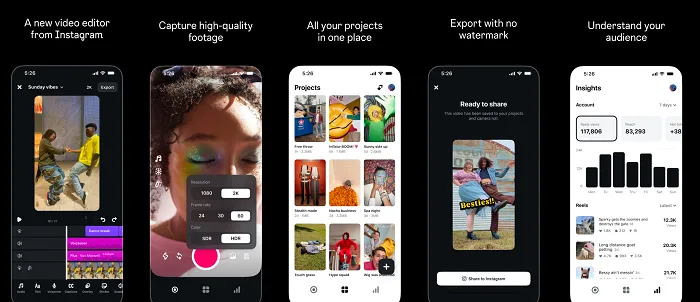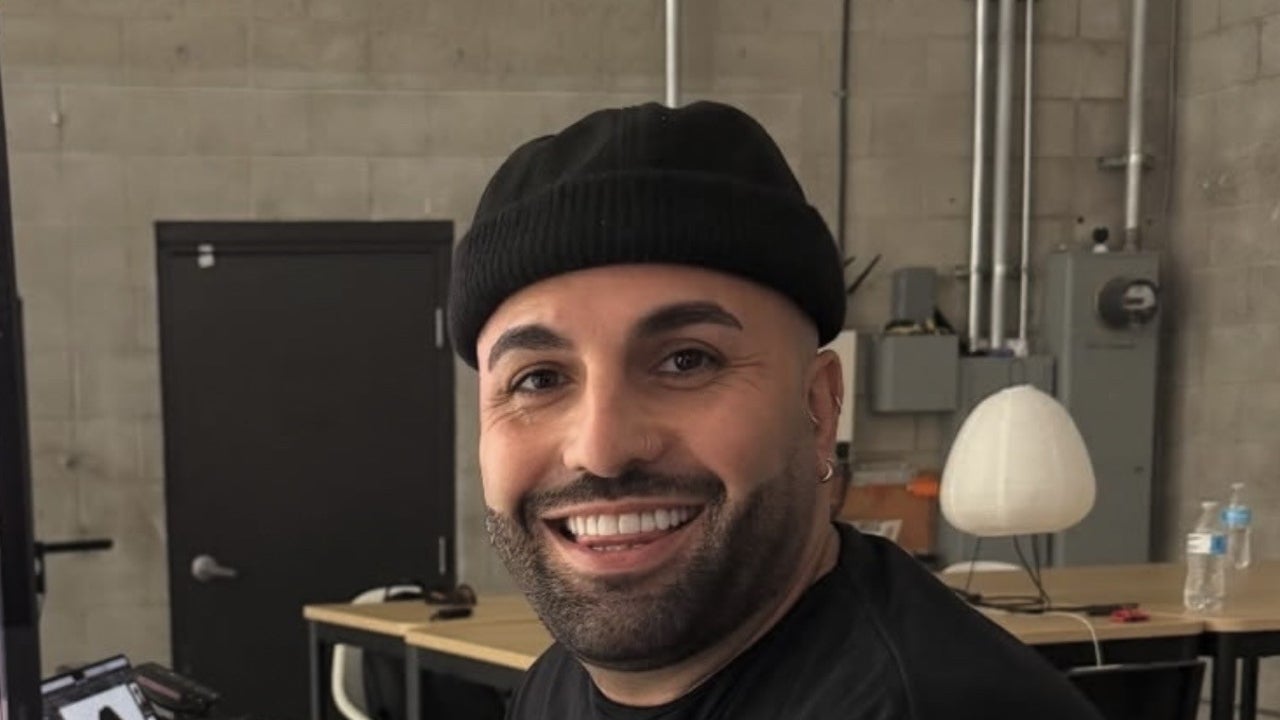Obtaining the Social Media Data That Influencer Agencies Need
Demand is rising for influencer marketing services, with brands doubling down on this marketing tactic across all industries. The impact of influencer marketing has driven social media to overtake paid search as the largest global advertising channel, according to...

Demand is rising for influencer marketing services, with brands doubling down on this marketing tactic across all industries.
The impact of influencer marketing has driven social media to overtake paid search as the largest global advertising channel, according to Influencer Marketing Hub, and more than 80% of marketers find it to be an effective strategy. There are no signs that its popularity will slow down; in the US alone, the influencer marketing spend is predicted to grow by 14.2% in 2025.
As a result of all this interest, more and more brands are turning to influencer agencies to find creators that match their needs and can deliver on their campaign goals. But as influencer marketing matures and investment in it rises, there’s a growing demand for cold, hard data that proves ROI and makes operations more scalable.
This makes data a crucial resource for influencer agencies, who are trying to scalably forge high-quality matches between influencers and brands. It’s a competitive field, and agencies are under pressure. They need data so they can make the right decisions and drive demonstrated success for their clients.
This need is pushing more agencies to build out their own web scraping capabilities, so they can know their data is fresh and reliable.
Golan Manor, CTO at NinjaInfluence, articulates these requirements in a case study from Bright Data, a leading web data platform. “We gather publicly available web data to discover new influencers, match our customers up with the right influencers in their category, track their campaigns once they are running – and then deliver insights to the brands running the campaigns,” Manor says.
“Without this ability and access to publicly available web data it would have to be done manually, which is quite impossible,” he continues. “We wanted to make sure we succeed in gathering all the public web data needed to keep our databases accurate and up to date.”
Indeed, the social media data that agencies seek is vast and varied.
Creator Engagement Metrics
Agencies need to know the size of each influencer’s following and their reach and engagement levels, so they can confidently assess the extent to which audiences take action based on the creator’s content. Too many influencers have fake followings and/or inflate their engagement metrics, making it a struggle to distinguish between genuine reach and following, and that which has been bought or manipulated.
Some of this information can be derived from viewing the comments and reactions on each post, but it’s time-consuming to carry out manually. Some insights can come from platform analytics or the creators themselves, as long as you can trust them.
On the other hand, honesty can be hard to come by at scale, and some data is difficult to track, like whether someone is really paying attention to the video they’ve kept open long enough to be logged as a view.
Creator Audience Metrics
The more insight you can gain into the demographics and psychographics of each influencer’s audience, the better you’ll be able to match them with the right clients. It helps you to filter out irrelevant audiences and adjust each campaign’s tone and content.
But demographics includes factors like career and income level as well as age, gender, and location, and psychographics covers more nebulous issues like interests, beliefs, and values. You might gain some information from platform analytics, but running analyses of unstructured keyword data pulled from the open web often proves to be more useful.
A given influencer can’t necessarily tell you much about the people in their audience; data privacy regulations prevent platforms from sharing this data; and individuals might not include this information in their profiles. Acquiring it can require cross-referencing social media profiles across multiple platforms, potentially merged with publicly available data like housing registries. Some influencer database platforms like Modash specialize in these data points.
Compliance Metrics
It’s increasingly important to verify that every influencer you work with complies with all the relevant regulations, otherwise, you could be liable for fines and penalties and your reputation may nosedive. “Today’s purchase journey starts with trust,” points out Chad McKenzie of Impact. “While transparent partnerships build trust, keeping track of what every creator posts can feel like herding cats.”
Agencies have to check that creators adhere to legal and ethical guidelines regarding disclosure and transparency for sponsored content, as well as more industry-specific rules like firearms promotion, responsible alcohol use, safety requirements for power tools, or possible side effects for health products.
Now that influencers operate across so many platforms, it’s very difficult to be sure that all their content is compliant. What’s more, as hard as it is to scan and analyze text posts and images, videos and podcasts are another story. Comments made during live esports or gaming streaming are even harder to check. This is another area where AI tools can help.
Content Performance Metrics
Alongside the creator’s engagement and audience metrics, agencies are thirsty for insights into content performance. This includes what content types the influencer posts and which engagement styles they see from each type; how often they post; and the ratio of sponsored to organic content they share.
When vetting creators to potentially partner with, it’s important to Investigate which kinds of content they excel at and to explore which content types resonate best with their audiences on different platforms.
You can find some of this information from platform analytics, through API data, and tracking hashtag metrics. Google Analytics comes into play here too, as well as data from landing pages and coupon codes, but these sources are only relevant when it relates to campaigns your team is managing. What’s more, some content is ephemeral, like “Stories” formats on Meta, Snapchat and TikTok, making it difficult to track data after the fact. Some platforms also refrain from displaying private data like post impressions.
Real-time Campaign Performance Metrics
Influencer agencies also need performance metrics, such as impressions, click-through rates, and conversions, but they need it in real time. Rapid, up-to-date information makes it possible to adjust campaign decisions and maximize results, like pivoting to invest more in a specific influencer, platform, and/or content type, if you see that they are high-performing.
“Make sure you’re watching performance metrics throughout the campaign, not just at the end,” says Nycole Hampton, an integrated marketing strategy consultant, adding “If you see that a creator’s audience is LOVING the content, you can consider adding more content in the partnership and keeping things going.”
Much of this data can be accessed through platform analytics, hashtag metrics, Google Analytics tags, and affiliate link metrics. However, keeping up with it all in real time is what makes it challenging. Automated solutions that consolidate all the data can make a serious difference.
Data Makes the Influencer Marketing World Go Round
There’s no longer any room for influencer marketing agencies to follow their gut and make decisions by instinct alone. Social media data is vital for effective campaigns, and access to reliable, up-to-date information is what allows your agency to stand out from the crowd.
Setting up the right strategies and tools to make this possible could soon be table stakes.

 BigThink
BigThink 































